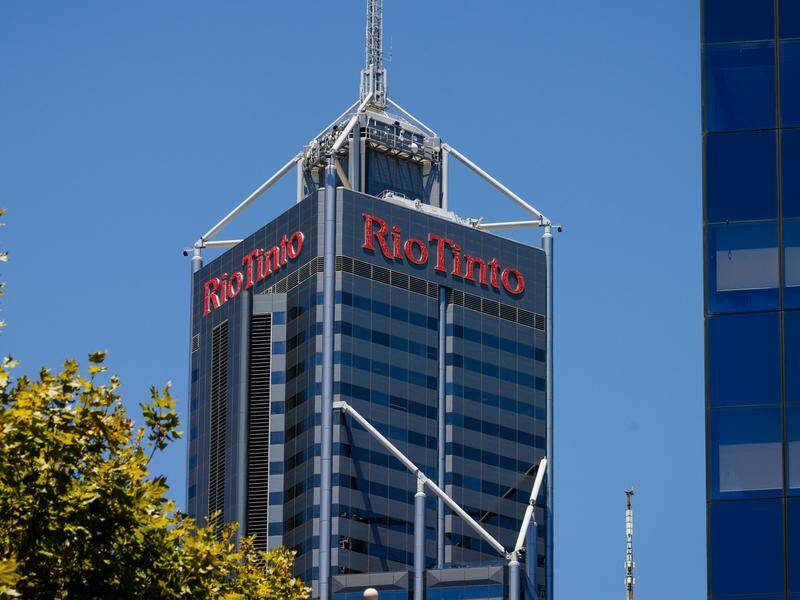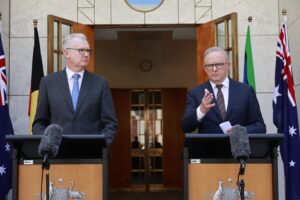
BREAKING: Rio Tinto has reported a significant profit drop of $US4.5 billion for the first half of 2025, marking a 22% decline from the previous year, as severe weather impacts and falling iron ore prices weigh heavily on its performance. The company’s operations in the Pilbara region were disrupted by four cyclones, exacerbating the challenges faced during this period.
In a statement released earlier today, CEO Jakob Stausholm, who will step down for incoming CEO Simon Trott on August 25, emphasized the resilience of the company amidst adversity. “These results demonstrate real momentum in improving operational performance and the value of our diversified portfolio,” he stated during a results presentation in London.
Iron ore, which remains Rio Tinto’s main revenue source, has seen a sharp decrease in price, plunging from $US107 per tonne to as low as $US93 in 2025. Chief Financial Officer Peter Cunningham highlighted that while iron ore struggles, strong production in aluminium and copper has mitigated some losses. “Positive earnings were buoyed by strong prices in other commodities,” he noted.
Rio Tinto’s interim dividend has been set at $US1.48 per share, equating to $US2.4 billion, reflecting a commitment to a 50% payout ratio but a decline from last year’s $US1.77. In addition, the company has reported a rise in net debt to $14.6 billion, a significant increase from $5.5 billion at the end of 2024.
Despite the challenges, analysts from RBC Capital Markets, Kaan Peker and Ben Davis, indicate a positive sentiment surrounding Rio Tinto’s operational results, which exceeded expectations at the product group level. They noted, “Rio Tinto produced a good set of operational results across key divisions.”
Looking ahead, Rio Tinto remains optimistic about the global economy, projecting that demand for commodities will continue to grow, particularly with China’s ongoing investment in infrastructure to counterbalance its struggling property sector. The company is also focused on its recent acquisition of Arcadium Lithium, valued at $7.6 billion, which is expected to bolster its portfolio.
As Rio Tinto navigates these turbulent waters, the implications for stakeholders and the commodities market are profound. Investors and market watchers will be closely monitoring the company’s next moves, especially with the anticipated changes in leadership and ongoing volatility in iron ore prices.
Stay tuned for developing updates on this significant story affecting the mining giant and the broader market.







